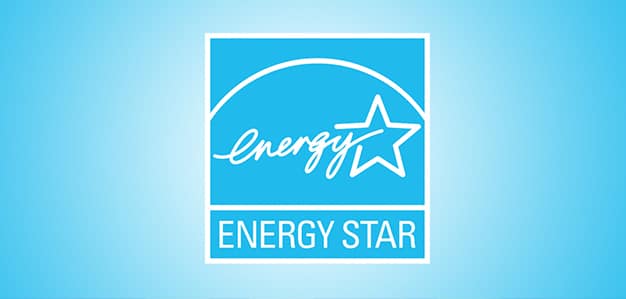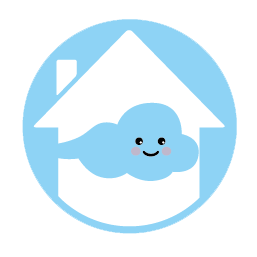
Every little penny counts! That’s why the U.S. Environmental Protection Agency’s (EPA) ENERGY STAR® program became the “most successful voluntary energy efficiency movement in history.”1 The ENERGY STAR® program highlights energy-efficient products that have been certified to use less energy than their standard counterpart products. The idea is that when homeowners purchase ENERGY STAR® certified products, they can save money on energy costs.
When your home’s heating and cooling can account for up to 42% of your energy bill, purchasing ENERGY STAR® certified products to use less energy may help you keep more of your hard-earned dollars.2
ENERGY STAR® Certification
The U.S. Environmental Protection Agency requires all ENERGY STAR® products to be third-party certified. Products are tested in an EPA-recognized laboratory and reviewed by an EPA-recognized certification body prior to being ENERGY STAR® certified.3 ENERGY STAR® heating and cooling products must be proven to save energy without sacrificing features or functionality.
In order to become an ENERGY STAR® partner, organizations enter into a formal agreement with the EPA. “As a partner in the program, organizations agree to abide by the ENERGY STAR® program identity guidelines to ensure proper use of the logo.”4 This partnership can provide homeowners with confidence that the product they are purchasing uses less energy than other products in that category.
In addition to up-front testing, ENERGY STAR® products can also be subject to “off–the–shelf” verification testing each year. These checks ensure that manufacturing process changes or variations don’t undermine an ENERGY STAR® product’s qualification.5 In 2015, 97% of the 1,789 models that underwent verification testing met energy-saving expectations.6
Why Choose an ENERGY STAR® Product?
The ENERGY STAR® program, which was introduced in 1992, applies to products in more than 70 categories. When compared to the standard production model in the same category, ENERGY STAR® certified products:
- Have higher energy-efficiency ratings
- Cost less money to operate
- Are better for the environment
Between 1992 and 2014, “the little blue label has helped save more than $362 billion on utility bills and reduced greenhouse gas emissions by more than 2.4 billion metric tons.”7 You can assess your home’s annual energy use compared to similar homes by using the EPA’s Home Energy Yardstick.7 With the Home Energy Yardstick, you can get:
- Your home’s energy use score
- Insights into how much of your home’s energy use is related to heating and cooling versus other everyday use like appliances, lighting, and hot water
- Links to guidance from ENERGY STAR® on how to increase your home’s score, improve comfort, and lower utility bills
- An estimate of your home’s annual carbon emissions

